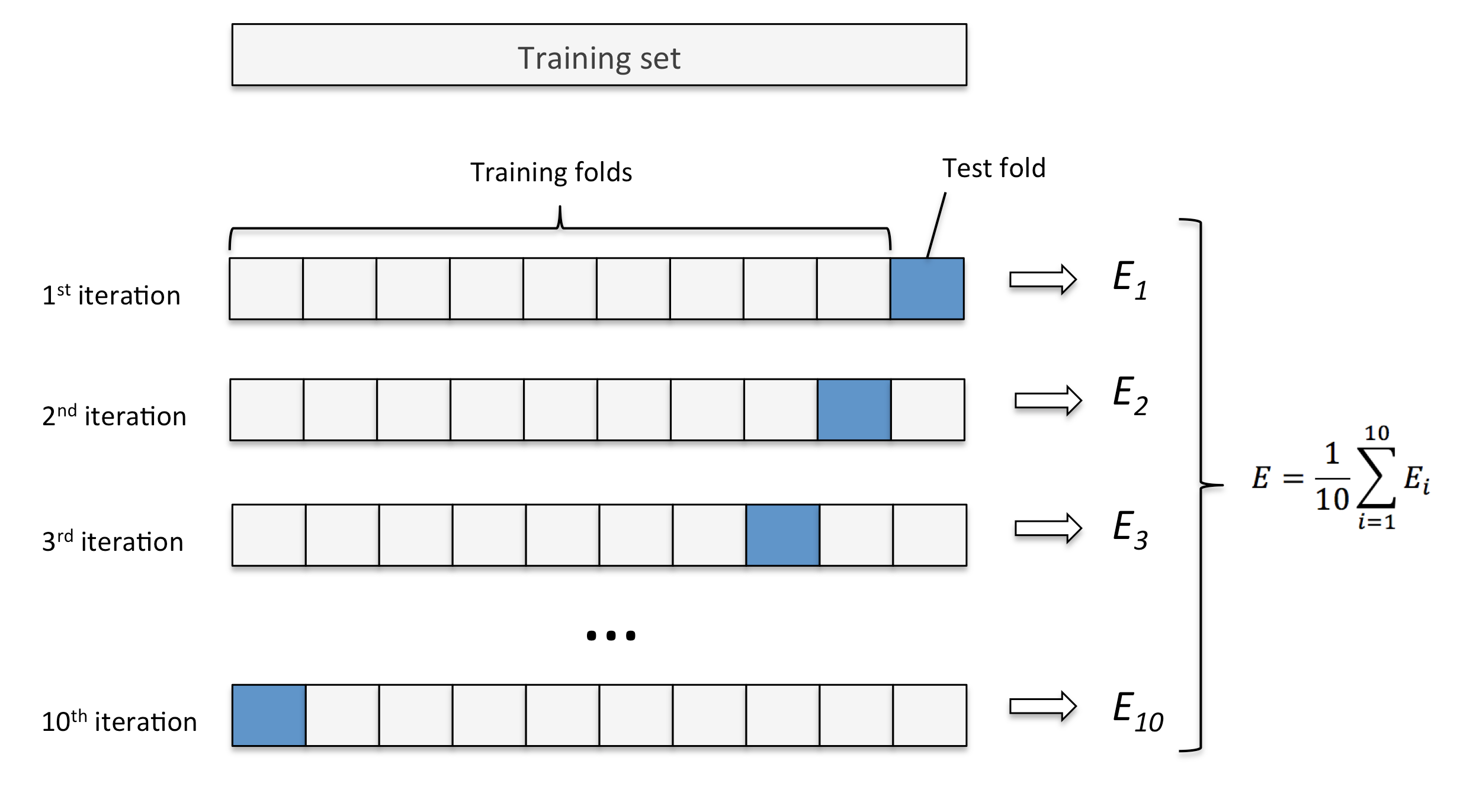Every text has a level of complexity or readability that affects the way the reader interacts with it. Novels, articles, poems, short stories, textbooks, etc. Have wide ranges of complexity that are appropriate at different grade levels and for a variety of purposes. The purpose of the present study is to investigate text complexity progression in the reading texts of English textbooks published for senior high school students in Indonesia. TEXT COMPLEXITY OF SENIOR HIGH SCHOOL ENGLISH TEXTBOOKS: A.
One major shift brought on by the adoption of college and career readiness standards in classrooms as well as in Measures of Academic Progress® (MAP®) assessments is the focus on text complexity. In schools all over the country teachers are gathering diverse text types, some of which may be entirely new to students, in an effort to prepare students for college and careers. Students are still reading literary and informational texts, but they may find these in the form of electronic texts, speeches, manuals and technical writing as well as in traditional formats. Teachers recognize that instruction of complex texts and new text types may present challenges in the classroom. For this reason, teachers may want to employ scaffolding techniques to help all students access these texts.
Scaffolding, unlike differentiation, is used to support all students as they work through complex texts. In the past, teachers might have differentiated materials to meet the needs of every student in the classroom. Based on a unit of study, students reading at different levels might read different materials on the same topic in the same class. This can be a very useful approach, but what can teachers do when they want all students to be exposed to the same complex text? How can teachers help all students navigate these materials? Scaffolding complex texts is one way to help students tackle the complexity of diverse text types and unfamiliar concepts. Scaffolds can be used before and during reading to help maximize comprehension.
Complexity Of Text Complexity Of Thoughtthoughtfull English Translator
Before Reading
Part 2: Now you're on Linked In. You fill out your profile and try to put your best foot forward. You upload a photo of yourself that you think looks pretty professional, and you list your anticipated graduation date. Scenario 1 part 1 .1 1.
Scaffolding strategies can be utilized before reading to help students enter into complex texts. Activities should be designed around exactly what makes the text complex. Teachers can even use information from MAP reports to hone in on areas of specific need. If a class typically struggles with Informational Text, or most students need support in Vocabulary Acquisition and Use, these might be helpful indicators for designing scaffolds to meet students' needs.
- If technical terms or unfamiliar vocabulary might be a stumbling point, try teaching vocabulary before students begin reading. Create a word list, mural, or other visual that students can reference while reading so difficult vocabulary is no longer a barrier to understanding.
- Students may struggle with reading materials that do not follow a conventional structure. When informational texts are not chronological or lack headings or other guides, students may feel lost in the text. In these cases, highlighting troublesome areas or key words may be helpful. Highlight portions of a literary text such as flashbacks, or changes in speaker or points of view to help guide students through the text. Alerting students to these unique characteristics can prepare them for what is to come and help them understand a complex text.
- Reading materials that depict unfamiliar topics or experiences can be difficult for students. Build background by discussing the topic beforehand. Find out what students already know and fill in any gaps before they read. This way, students will approach the new material with some context.




During Reading

During Reading
Complexity Of Text Complexity Of Thoughtthoughtfull English Language
Providing students with strategies to make sense of text while they read gives them tools they can apply in any situation.
- Ask students to highlight particular sections of text such as structure or plot development. For example, if a text uses problem-solution organization, have students highlight the problem in one color and the solution(s) in another. Additionally, students can use this strategy to highlight problematic sections of text, or to distinguish different speakers. Once students are comfortable with this strategy, they can use the highlight tool within the MAP assessment to help them navigate complex texts.
- Encourage students to make annotations as they read. Whether students write on sticky notes, book marks, or directly on the text, they can mark and comment on anything they find interesting, confusing, or noteworthy and discuss these observations with the teacher or in groups.
- Some students may struggle with lengthy texts. For these students, create groups that will work together to tackle longer pieces. Some of the students can read one portion of a text while the others work on the rest. When they are done students can come together to share, discuss and teach each other about what they read.
Complexity Of Text Complexity Of Thoughtthoughtfull English Version
There are likely as many ways to scaffold as there are types of texts to read. Different students and different texts offer many opportunities to try new strategies. By providing students with useful tools for navigating complex texts in the classroom, teachers give students the ability to apply those strategies to all reading across the curriculum and outside of school. As students become more comfortable with complex texts and diverse text types they will likely feel more at ease with the types of reading they will encounter in college, careers, and beyond.
